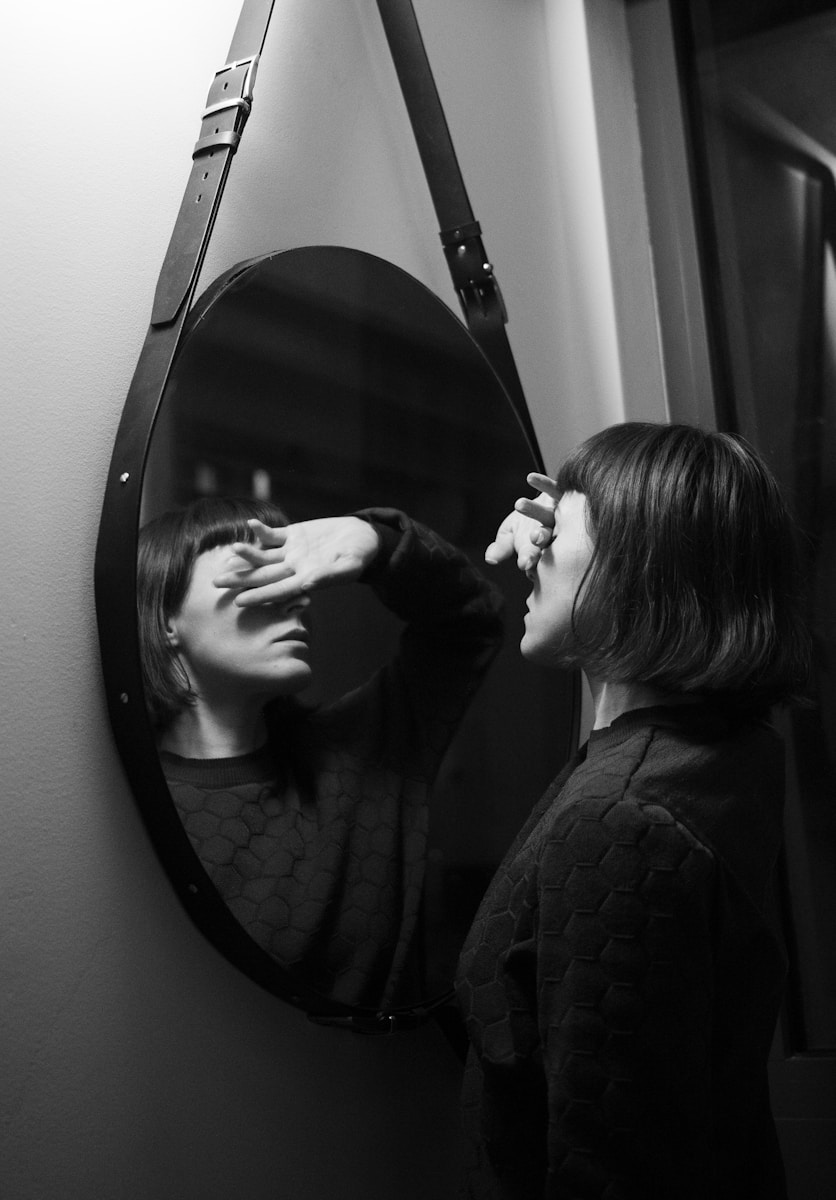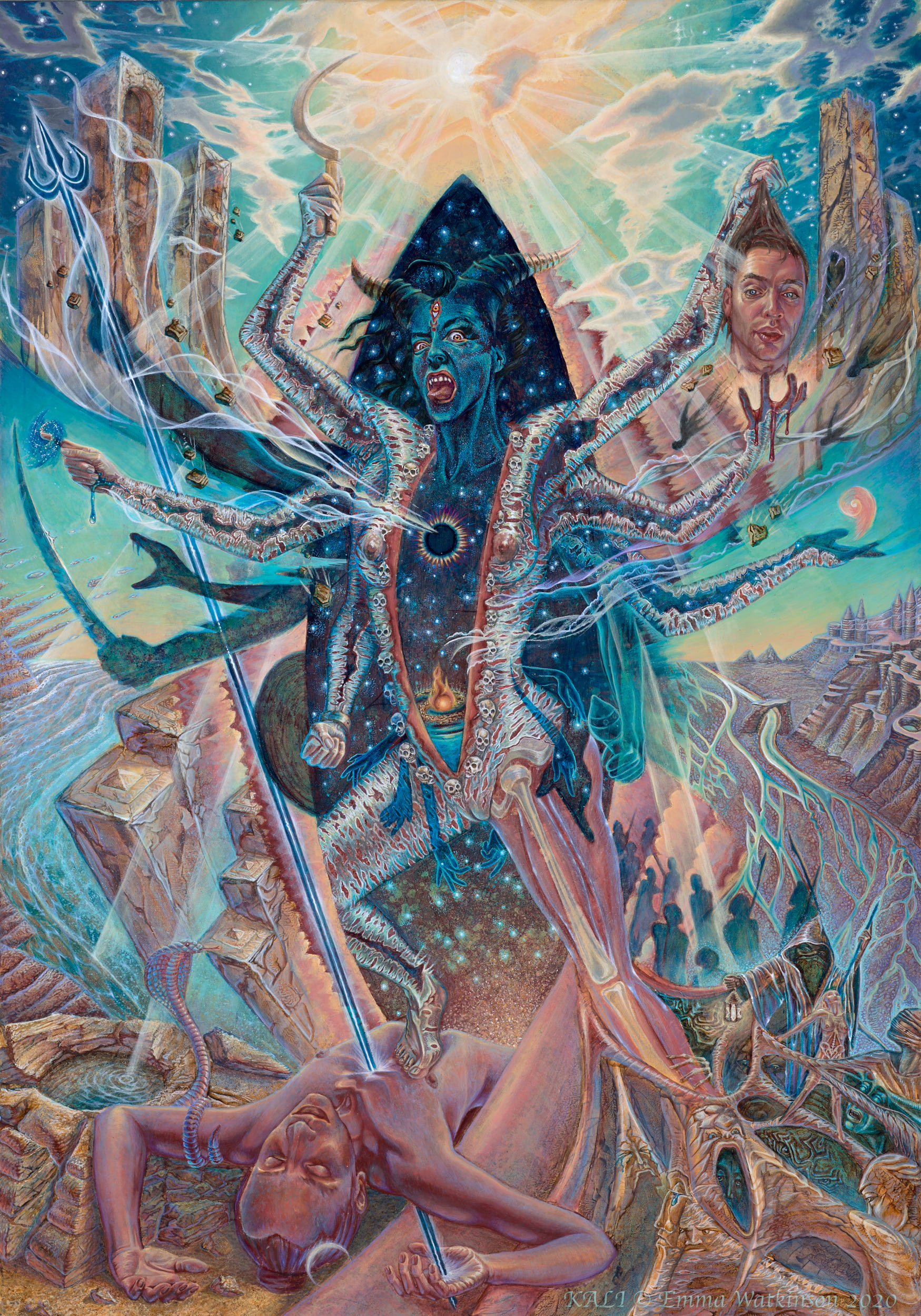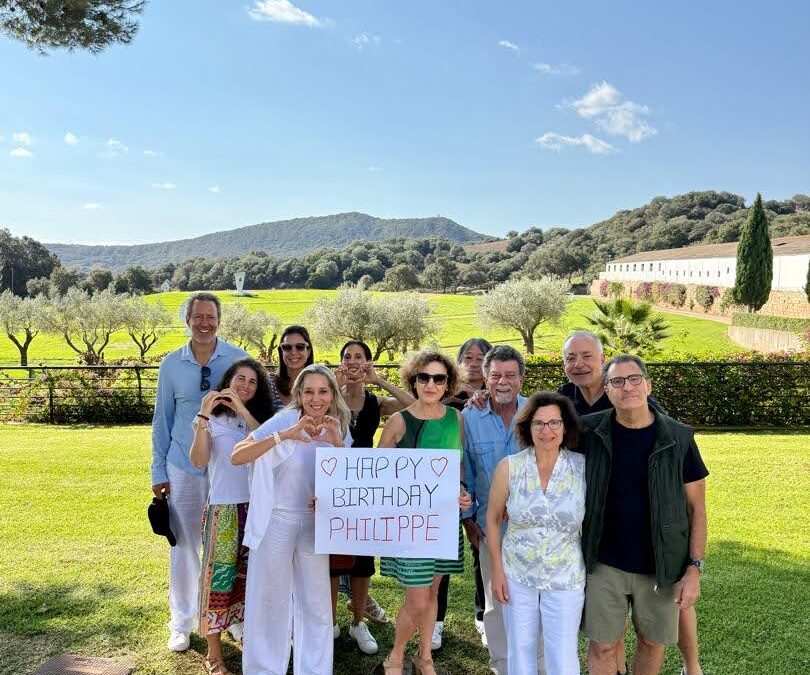This past week was unlike any other.
For the first time, my cousins and I gathered — a scattered family, brought together after years of distance, after wars had flung us across countries and continents. We came together not just to see one another, but to remember who we are, and where we come from.
It felt like something ancient was being called into being — a circle reformed, a thread retied.
Bridging Time and Blood
My first couple of lessons felt surprisingly good. I was making solid contact, sending the ball flying, and feeling a sense of rapid progress. Then came my third lesson — and things got real.
Despite sticking to my usual morning routine (joint warm-ups, the Five Tibetan Rites, breathwork), my swing felt off. I was muscling the ball with my arms instead of initiating the downswing from the hips and letting the clubhead do the work. Instead of trusting the natural arc of the swing, my mind wanted to interfere — to control it, to force an outcome.
In golf, trying to steer the club mid-swing is a recipe for inconsistency. Like so much in life, the more we cling to control, the less flow we allow.

The Mirrors We Found
As the days unfolded, something subtle revealed itself — echoes of personality traits, gestures, and emotional currents that seemed to ripple across us all. We noticed how quickly we laughed, how intensely we loved, and how fiercely we reacted when triggered.
The most striking thread was the rage — not ordinary irritation, but something ancient and volcanic. The kind that erupts without warning, then settles into complete stillness. I recognized it. I had felt it as a child — what I now call the Kali rage — wild, transformative, sacred in its force.
And beneath that fire, another layer emerged — the control wound. A deep, unconscious need to hold on tightly, to manage, to direct, to keep things from slipping away.
The Control Wound and the Root Chakra
This control dynamic wasn’t just personality — it felt ancestral.
A response to something older than us:
to war, to exile, to homes abandoned, to the body never quite trusting that safety would remain.
Energetically, it lives in the root chakra — the center of grounding, safety, and belonging.
When the root is shaken, the nervous system clings. Control becomes a survival prayer: If I hold it all together, maybe I won’t disappear too.
Seeing this pattern reflected across the family line softened something in me. Control wasn’t a flaw — it was a symptom of uprootedness. A longing to feel safe on the earth again.
The Sacred Work of Seeing
Our reunion became more than a gathering. It became a ceremony of witnessing.
By naming our shared wounds — the rage, the closed hearts of the men, the women’s uneasy dance with money, the control wound born from a lost sense of belonging — something shifted. Awareness entered. And with it, compassion.
Healing began not through fixing, but through seeing.
Through recognizing that much of what we carry is ancestral residue — stories held in the body, waiting to be transformed.
Ancestral Healing and the Taming of Kali
This week became a mirror of lineage — a living altar where past and present met.
It showed me that ancestral healing is not about erasing history, but about meeting it with consciousness. The Kali rage is no longer something to fear, but a sacred fire that burns away illusion. The control wound is no longer shameful, but a signal pointing toward the unmet need for ground, safety, and trust.
Taming Kali is not suppression — it is devotion.
It is learning to hold the fire without being consumed by it.
It is choosing presence over reaction, awareness over repetition.
This gathering of cousins became a homecoming — not just to family, but to self, to roots, to the quiet work of turning inherited pain into peace.
And perhaps one day, when the next generation forms their own circle, they will find not the rage or the control wound waiting for them — but the soft ground of a lineage that has begun to heal.


